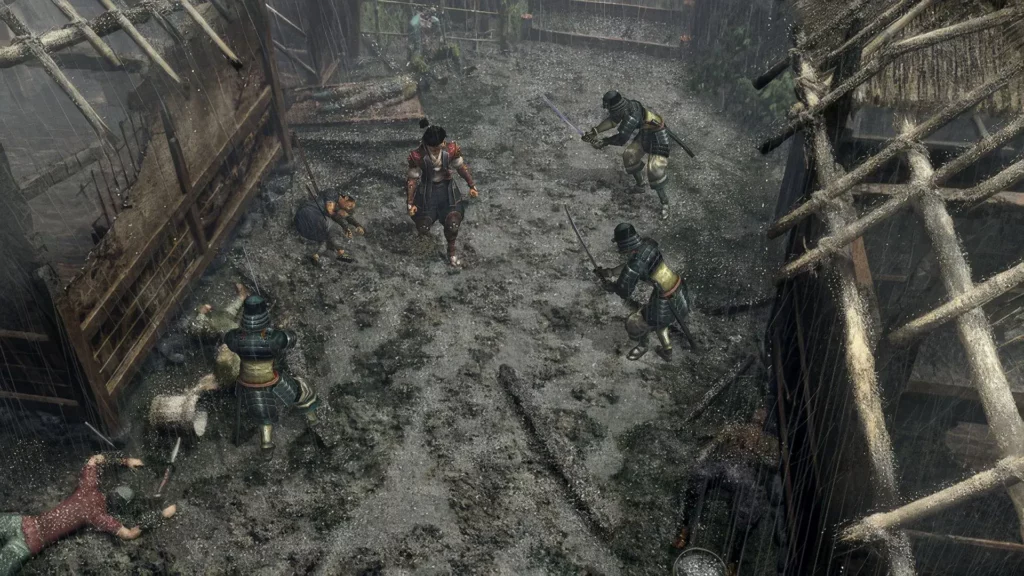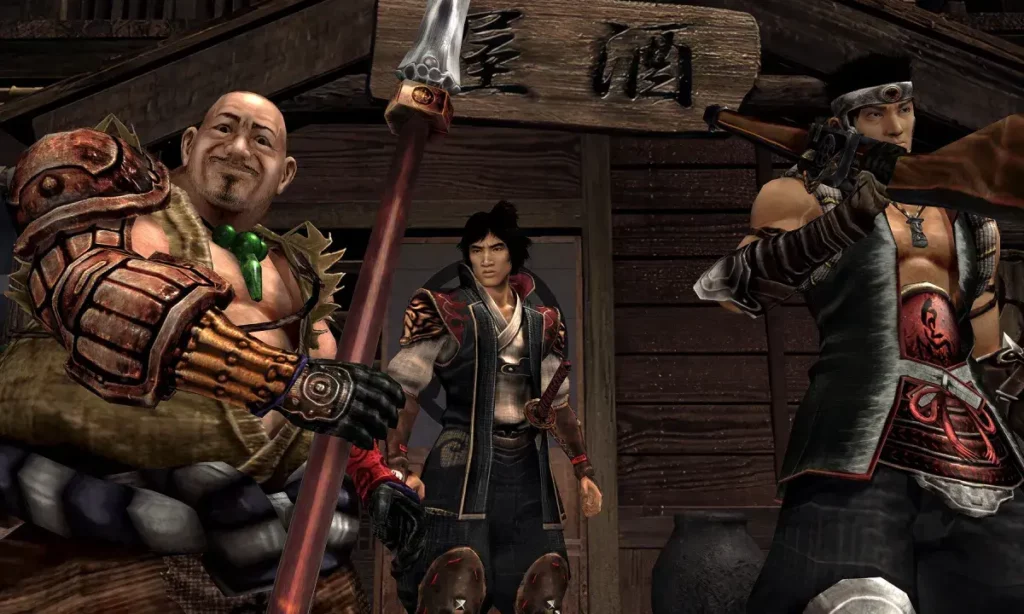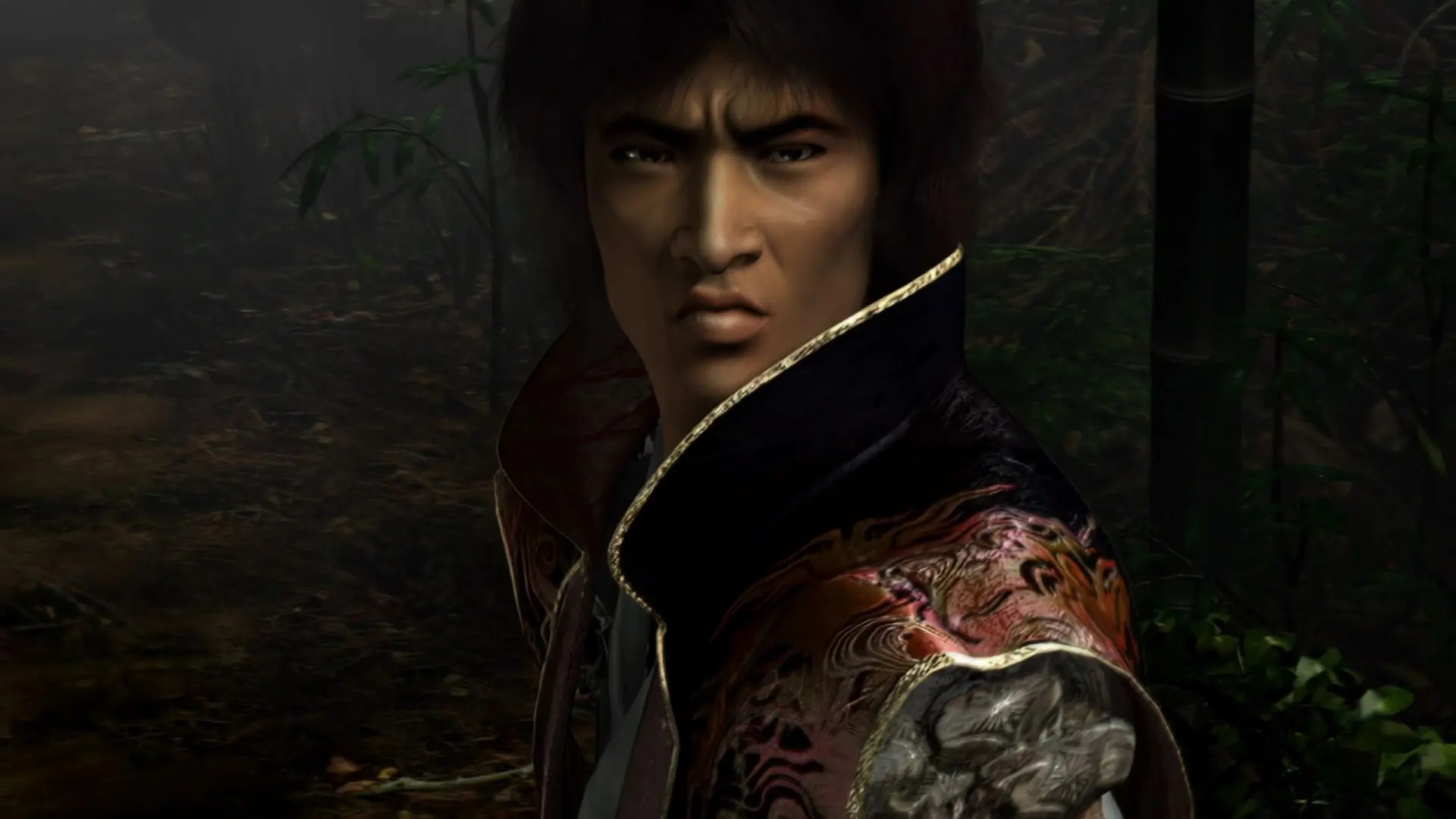Halfway through Onimusha 2: Samurai’s Destiny, one battle shows the game’s old dog, new trick type mechanics. The design is not difficult but seems very dated these days. In fights, you have disorienting camera angles, attacks and projectiles that go through obstacles and off-camera enemies that freeze you often. All of these things generate a building frustration throughout the experience.
What would have seemed sophisticated or OK in 2002 is now just willy-nilly. The gameplay mechanics have become outdated and that which was charming is now testing for today’s users.
A Modern Package With Classic Bones
Onimusha 2: Samurai’s Destiny Remastered:
- Genre: Samurai Action-Adventure.
- Developer & Publisher: Capcom.
- The game will be coming to PC on May 22nd, 2025.
- Cost: $30 USD / £25.
- Multiplayer: Not available.
Vengeance Fuels The Journey
Jubei, a lone samurai, survives a bloody demon raid on his village, and sets off on a path of vengeance. Over time, he gets on the same page as other warriors focused on destroying evil. The story speaks familiar tongues but provides a basic, yet good enough work for action-based play.
However, character development is not immune to criticism. The opening scene begins with Oyu, evoking a strong impression of a capable and able warrior. However, she finds herself in a situation requiring rescue quite often. The inconsistency of her presentation, from the first scene of her appearing under a waterfall to scenes of her being harassed, makes for discomfort from a modern narrative perspective.
Horror Foundations Meet Blade Combat
Onimusha 2’s lineage is a development linked to the survival horror genre and does share some traits with its predecessors. The game’s fixed camera angles and progressive (puzzle) design are interesting horror design throwbacks, but they often clash with the fast sword fighting.
Players can switch to hit A and make use of the traditional tank controls. However, the feature probably won’t appeal to a modern audience. Even though some might find it nostalgic, those who do not recall might find it alienating.
Combat Offers Glimpses Of Enjoyment
Combat can feel exciting at times despite its rigid mechanics. A mix of weapons adds variety and tactical nuances. Each weapon has unique combo chains and unique special abilities. Using the Hyoujin-Yari spear, for instance, will freeze enemies before smashing them, offering a satisfying pop and playfulness.
In order to advance, you have to collect souls which will upgrade your weapons. This gives players a chance to customize their playstyle by putting in resources into their favourite weapons. Visually, the remaster benefits from HD scaling. The static look of the pre-rendered environments look appealing, but the motion effects of the environment look dated.


Relationships That Influence Gameplay
Allies play a more meaningful role than might be expected. Jubei’s companions and mission participants depend on companion interactions, especially item gifting. The choices made affect combat victory and defeat because players can sometimes control them.
For instance, Magoichi has a rifle to take out enemies from far away, making confrontations not feel overwhelming otherwise. Ranged strategies work well against either enemy groups or aggressive opponents where you might not want to engage in a brawl.
Monster Density And Constricted Paths
One of the better components of the game is the variety of enemies. Developers are constantly designing fresh creatures with unique behaviour. But instead of making things tougher the longer you play it, every often it will throw a wave of enemies at you.
The level and fixed camera amplify this challenge, creating repeated opportunities for the bottlenecks to register as unchallenging and punishing instead of thrilling. In some areas enemies will respawn forever discouraging exploring and pacing issues. As we play more action games we notice these environments become tedious as they are very limited and box-like.
A Tribute That Misses The Mark
Chances are, this remaster was put together to build hype for the Onimusha: Way of the Sword release. However, it looks rather shabby and won’t help that goal. Nostalgic fans may rediscover glimpses of past love, but the game struggles to appeal to newcomers with fresh eyes.
Even though the artistic and gameplay elements are still enjoyable, Onimusha 2: Samurai’s Destiny definitely shows that not every classic can stand the test of time. Far from a triumphant return, this feeling is one of déjà vu.
Find more interesting reviews here.

